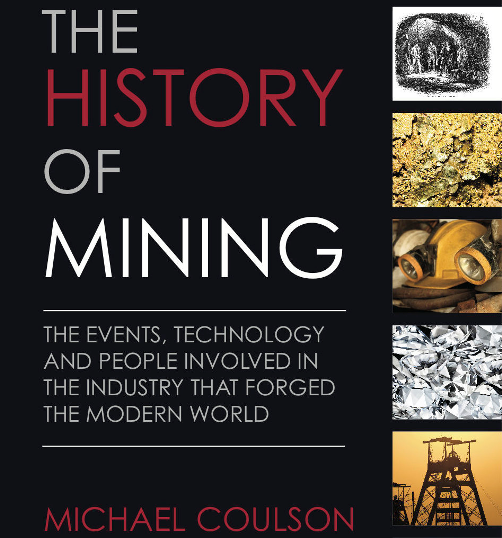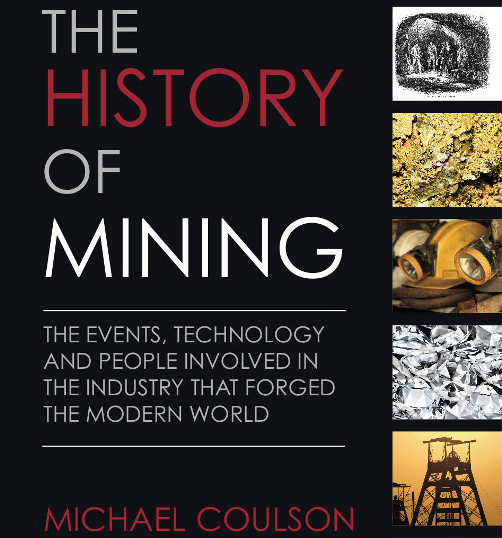Vancouver, B.C. January, 8, 2013; Foundation Resources Inc. (TSX.V:FDN: “Foundation” or “the Company”) is pleased to announce that further to the Company’s press release dated November, 14, 2012, the Waghoshig First Nation (“WFN”) has agreed to amend its Memorandum of Understanding (MOU) with Sheltered Oak Resources Corp. allowing Foundation to become a party to the agreement upon the completion of the acquisition of OAK. The agreement is limited to the Kerrs Property, which is also in Lake Abitibi area of Ontario, but does serve as a basic starting point for future negotiations between the parties.
“While this is agreement relates to the Kerrs Property, it contains what most knowledgeable industry participants would consider standard terms, and we believe it demonstrates a desire by WFN to work with mineral exploration companies on mutually respectful terms,” stated Barry Girling Interim CEO of Foundation. “Robert Hanson, Chairman of OAK and I had what can only be described as a very productive meeting with Chief David Babin and we look forward to continuing the strong relationship that has existed between OAK and WFN.”
The Company has also increased its offer to acquire 100% of the outstanding shares Solid Gold Resources Inc (TSX.V:SLD: “SLD”) on the basis of one share of Foundation for each share of SLD (the “FDN Offer”) up from its previous offer of 0.8333 shares of Foundation for each share of SLD (see press release dated November 27, 2012). The proposed terms of the FDN Offer represents a premium of approximately 45% to the 10 day SLD VWAP price of 0.031 per share for the period December 20, 2012 through January 7, 2013. MGI Securities Inc. (“MGI”) is acting as financial advisor to the Company with respect to the FDN Offer.

























